SaaS Fundamentals
Attributes of a SaaS Environment
- All tenants deployed by a single automated process
- All tenants running the same version
- Customisations are global and available to any tenant
- Operations have a single pane of glass for all tenants
- Logging and metrics have tenant context
- Tenants can be deployed with different multi-tenancy
- DevOps supports frequent and regular updates
- Tiers used to distinguish different tenant experiences
- Operations, architecture, product management, and business all have access to rich metrics data
SaaS Mindset
SaaS is a business model
- Selling a service, not a product
- Service-centric approach
Always prepare for growth
- How can SaaS grow the business?
- How can we innovate faster?
- How to drive greater customer loyalty?
- Visibility into customer activity
Tenant Profiles
- Don’t constrain tenant profiles based on current requirements
- How to meet needs of varying tenants?
- Can you align tenant experience with cost?
- Are there tenant profiles in the market which aren’t addressed today?
Move the business out of siloes
- Bring all parties together:
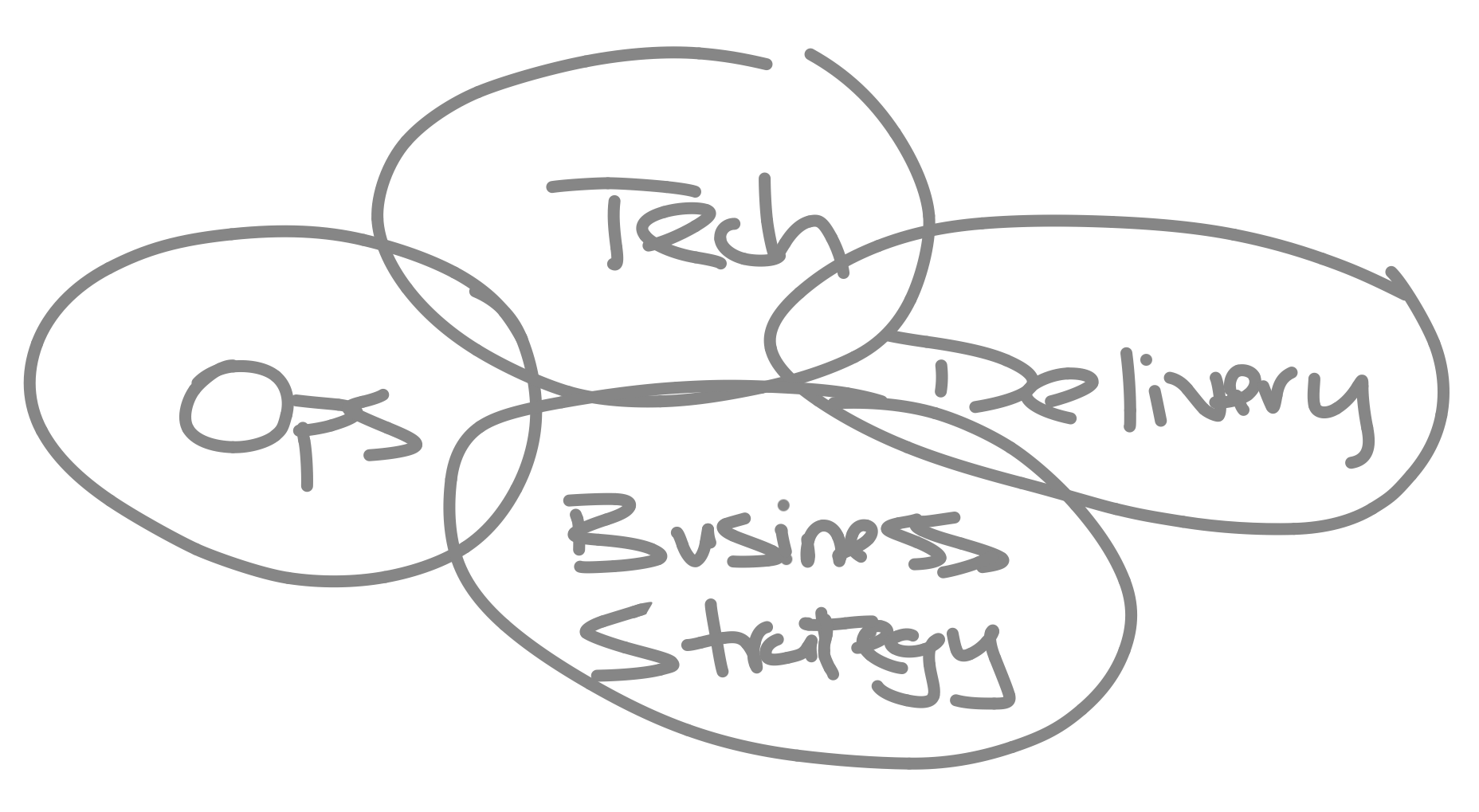
SaaS Architecture Fundamentals
- A mindset and approach to serve and manage customers in a unified experience
- Trade-off of customisation for agility and efficiency
- Success measured on the ability to maximise agility, innovation, growth, and cost efficiency
The only SaaS blueprint
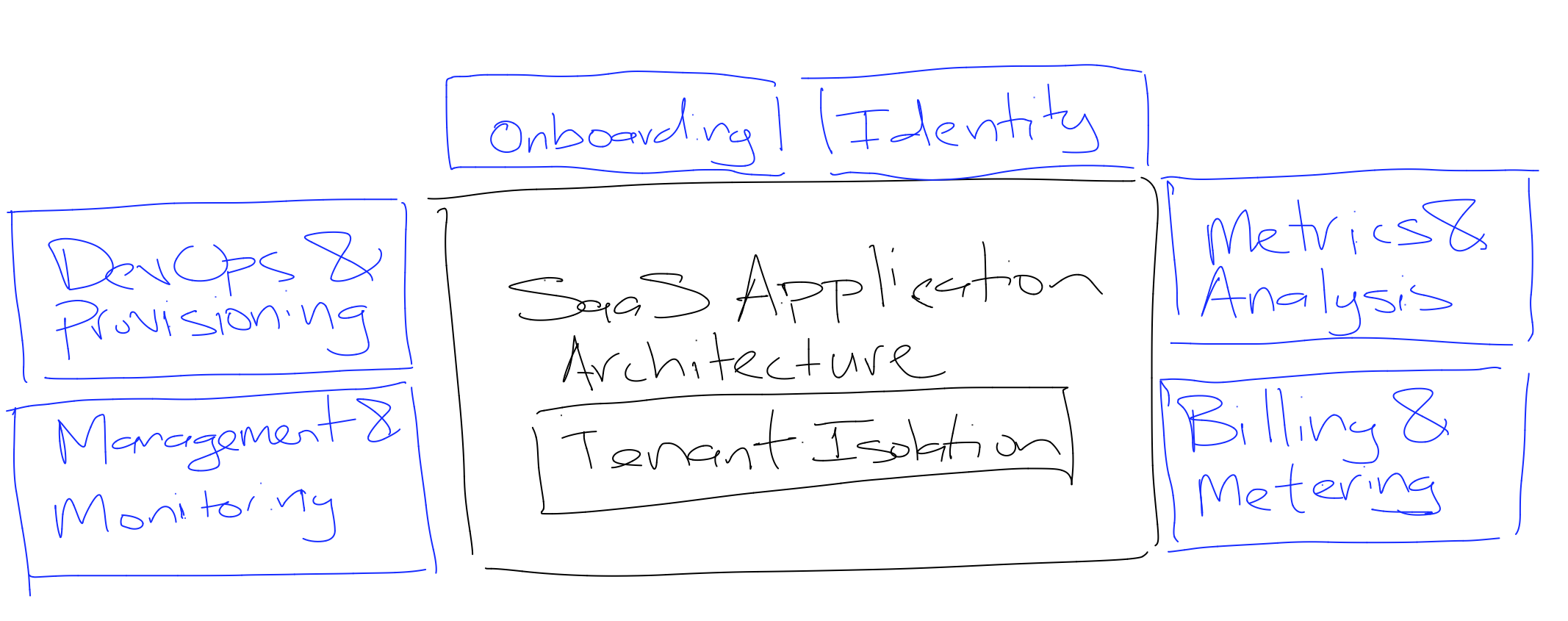
Factors that may shape architecture
- Compliance
- Noisy neighbour
- Tiering strategy
- Global reach
- Tenant isolation
Common architecture models
- Reality is a mix of models for different tiers
- Same version in all tiers
- Often silo for premium tier
Silo
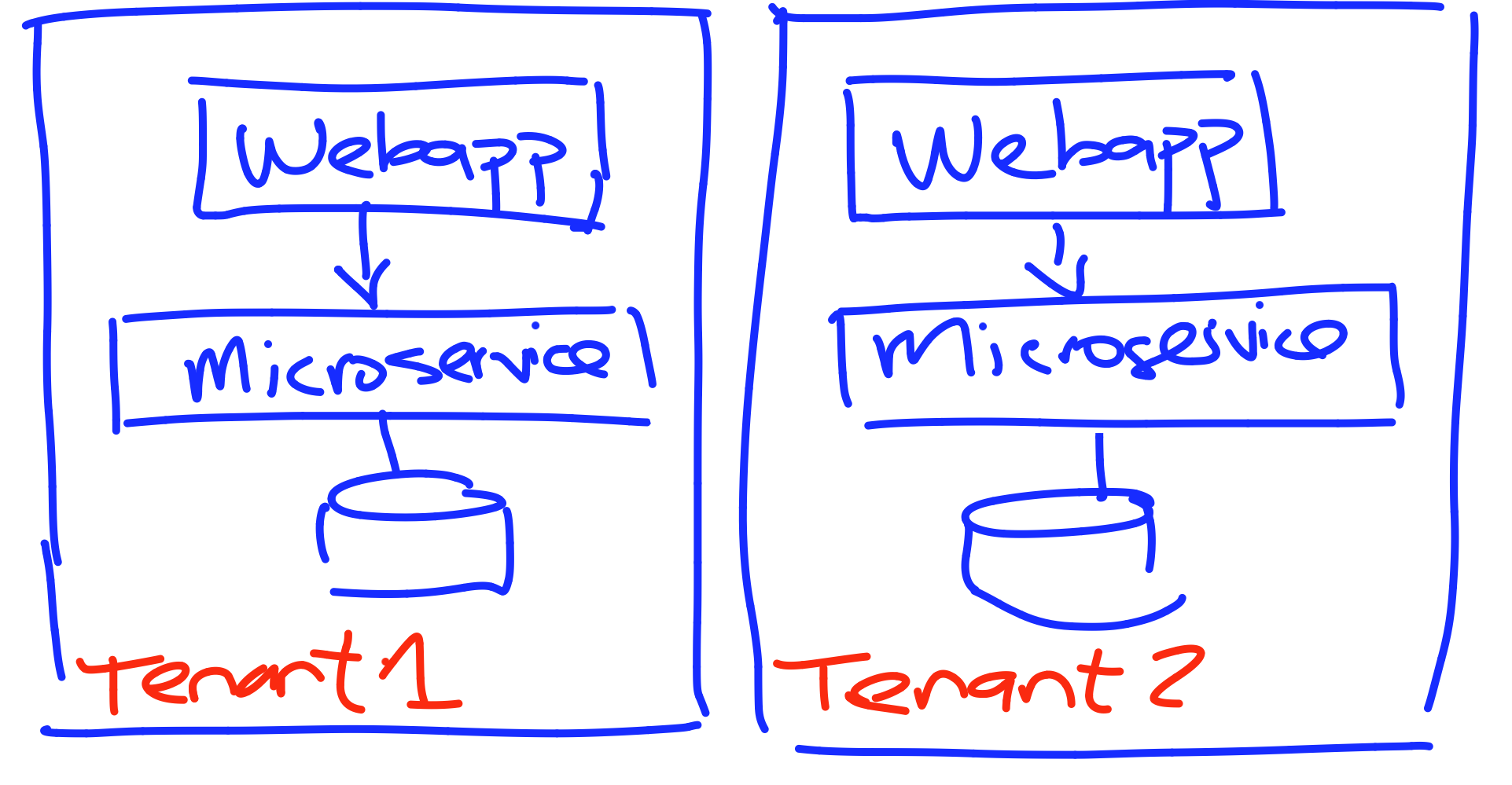
Bridge
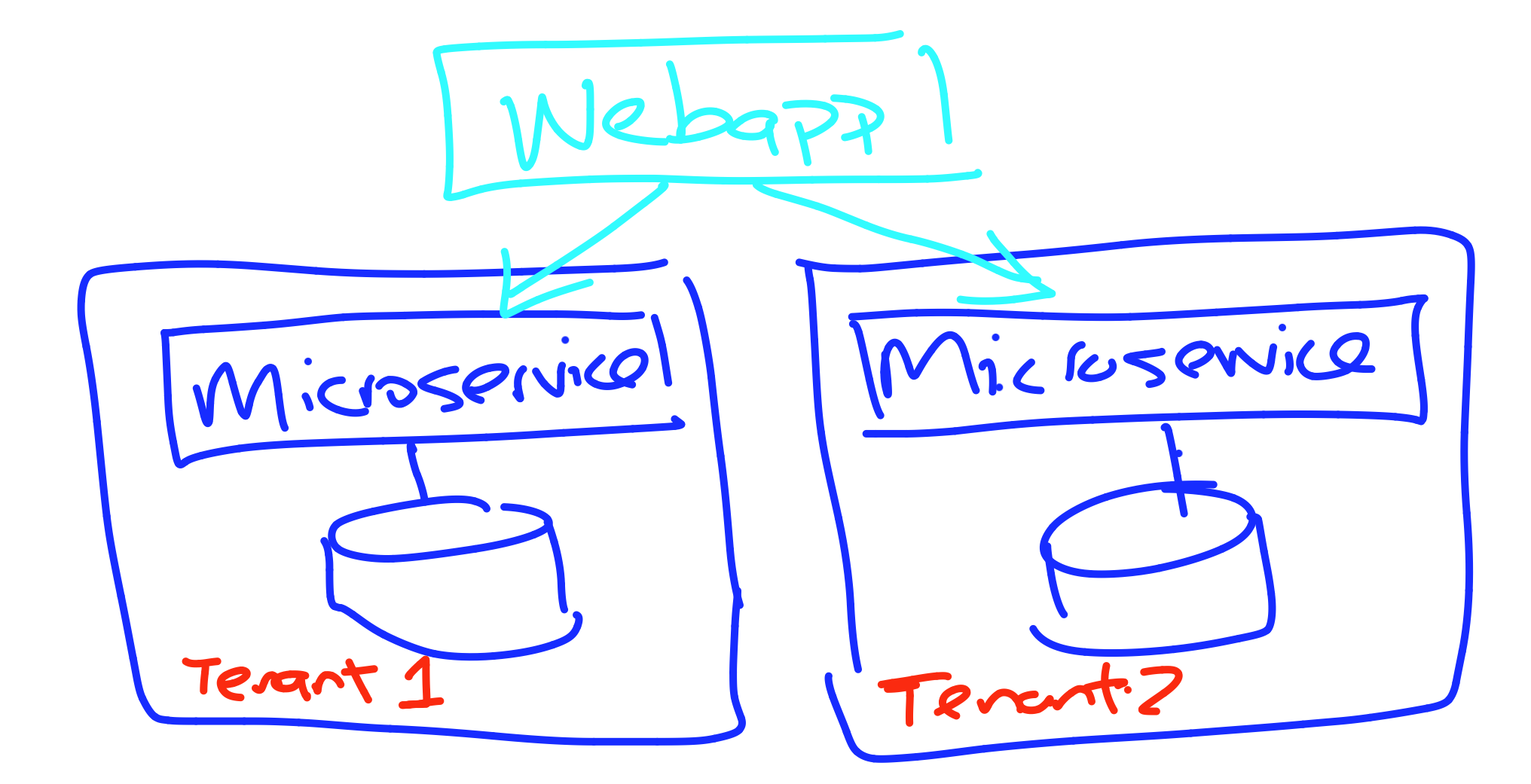
Pool
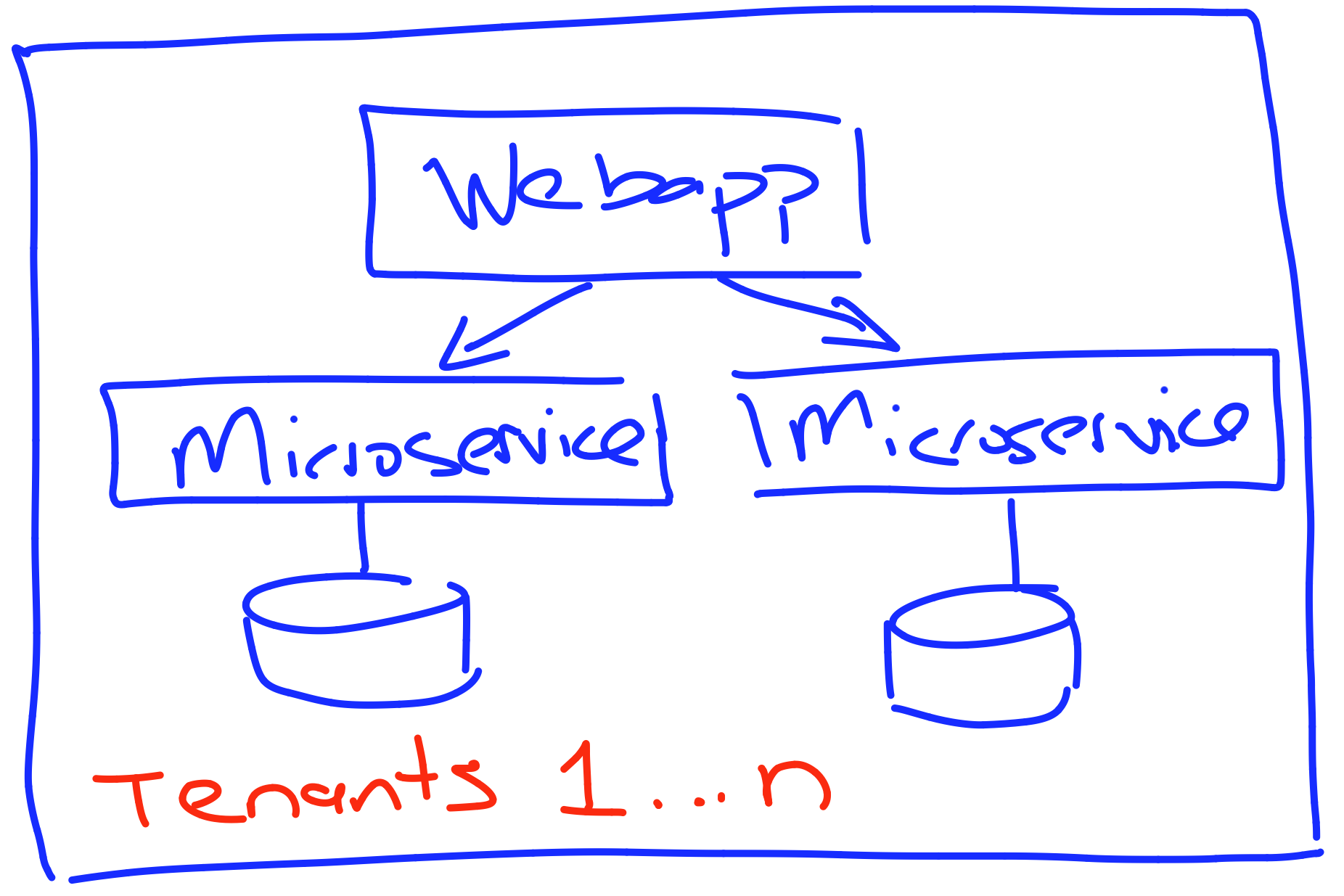
Key areas that influence SaaS architecture
- Variable tenant load
- Seamless tenant identity
- Variable data footprint
- Operational agility
Core architectural concepts
- Data partitioning
- Tenant isolation
- SaaS identity
- Onboarding
- Tiering
- Metering and billing
SaaS Identity
SaaS Identity = User Identity + Tenant Context
- JSON Web Token (JWT) with embedded tenant context
- OpenID Connect (OIDC) framework defines JWT
- Allows for
ID TokenandAccess Token
- Allows for
- Additional attribute for
tenant_id
- OpenID Connect (OIDC) framework defines JWT
Amazon Cognito Dilemma
- Independent User Pool per Tenant
- Separate policies
- Better isolation
- Mapping required
- Scale issues
- Shared User Pool across Tenants
- Better OAuth flow
- Better scale
- No custom policies
- Isolation challenges
User Mapping
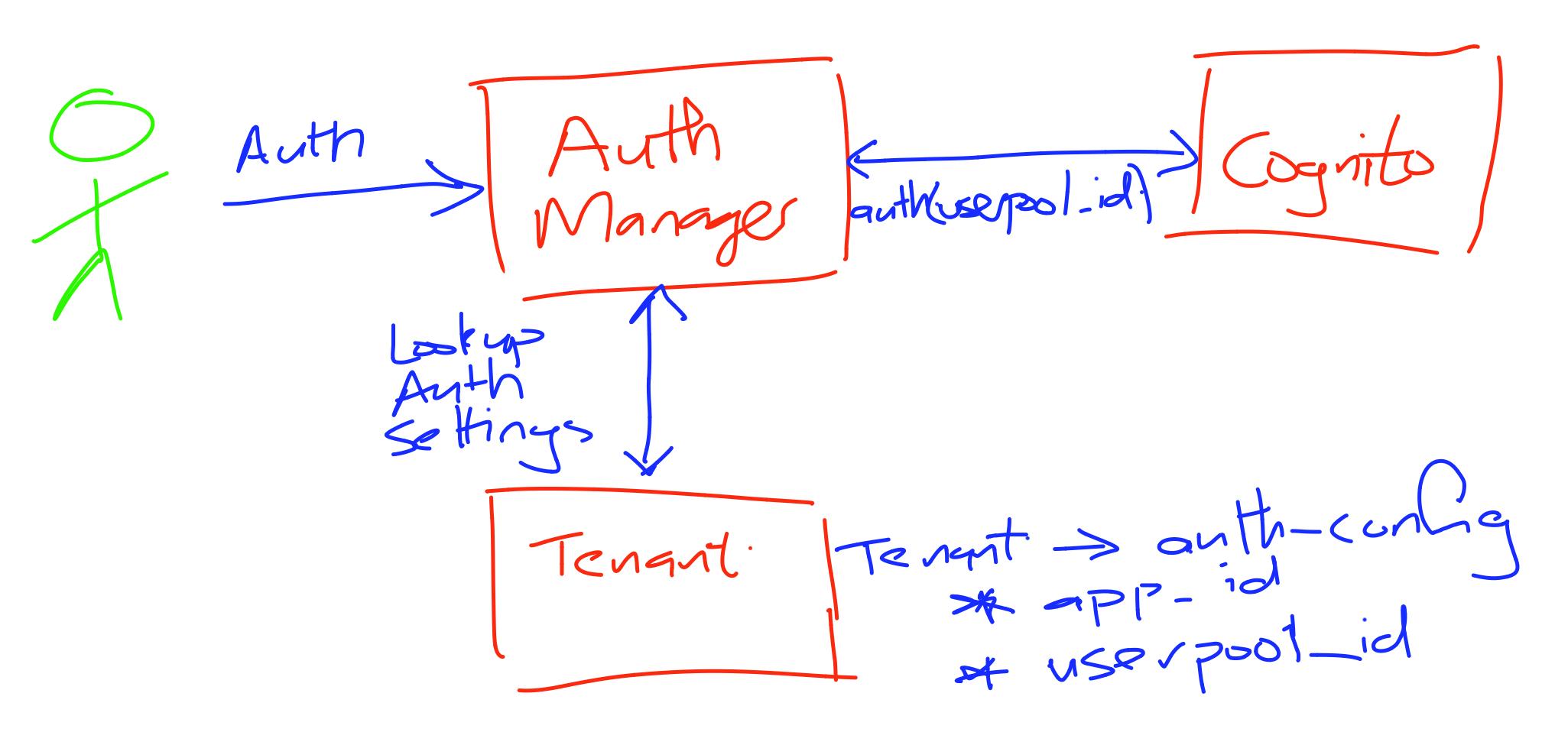
Hybrid Identity
- Just-in-time identity migration creates on-prem users in Cognito when they first login
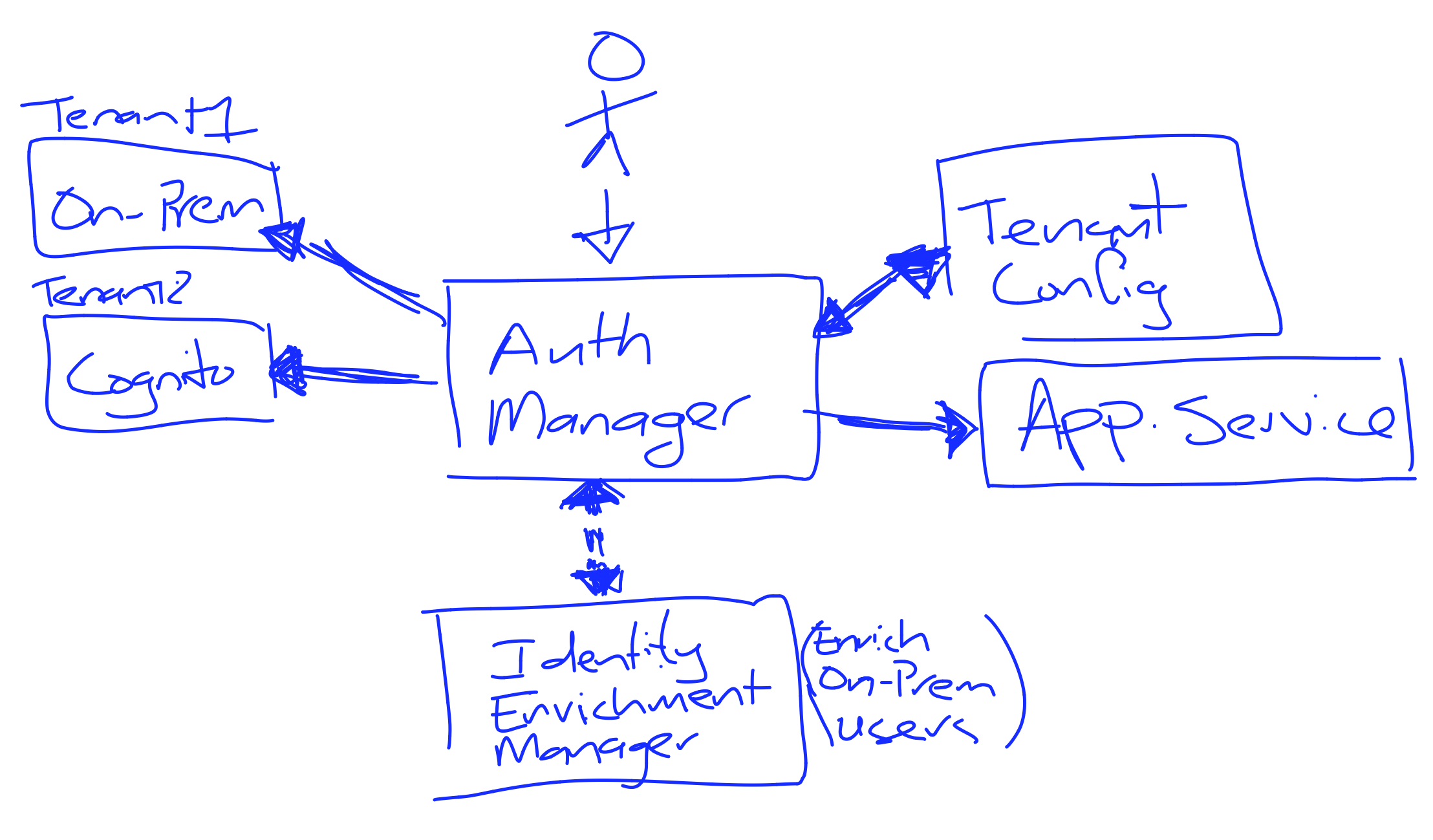
SaaS Onboarding

Microservice Design and Decomposition
Start with coarse-grained services and decompose based on usage
Microservices and SaaS
- Better aligned with zero downtime
- More focused on IP/customers
- Optimised consumption
Key Areas where SaaS Shapes Decomposition
- Tenant isolation
- Bulk operations
- Separate bulk operations into separate service
- Limit noisy neighbour for interactive operations
- Throttle or scale bulk operations by tenant tier
- Use controlled ingest to import staged data
- Fault isolation
- Create opportunities to continue even when parts of the system are down
- Identify fault profiles
- Prefer async
- What are fall-back and self-healing strategies?
- Consider circuit breakers
- Data partitioning
- Silo vs. pooled, and mixed models
- How to migrate data?
- Compliance vs. agility
- Tenant tiering & metrics
- SLAs per tier
- Varying usage and isolation patterns per tier
- Use tenant metrics to evolve microservices design
Tenant Isolation
Authentication + Authorisation != Isolation
Isolation Strategy Drivers
- Tiering
- Noisy neighbour
- Compliance
- Legacy architecture
- Opportunity/cost
Isolation Models
Silo Isolation
Silo Isolation Strategies
- Account per tenant
- VPC per tenant
- Subnet per tenant (rare)
Siloed Infrastructure, Single Pane of Glass
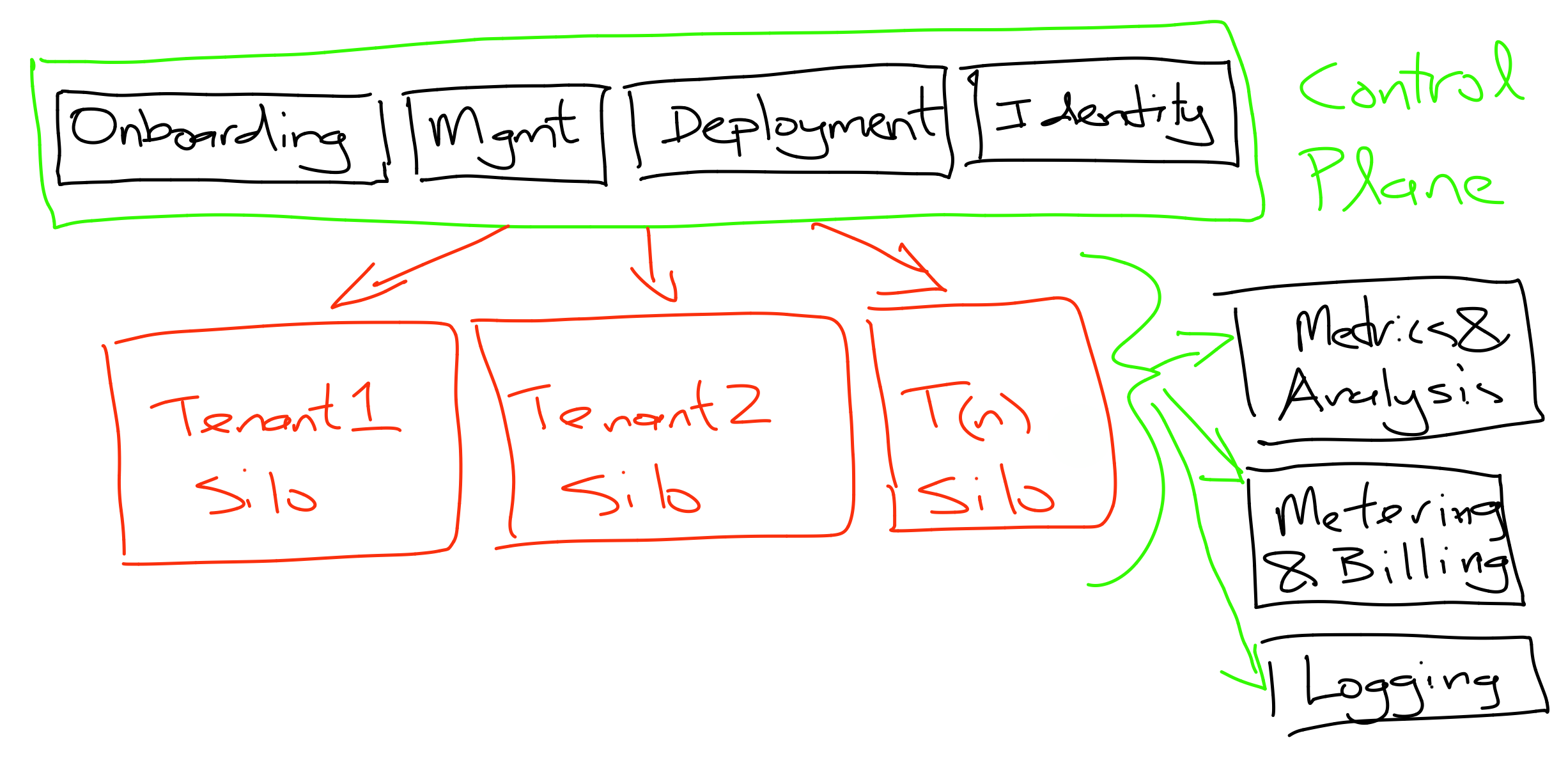
Pool-Based Isolation
- What is the unit of isolation?
- How to isolate shared resources?
- Don’t rely on well-behaved code
Runtime Isolation Policy
- Applied at each runtime/service
Compute Isolation
Siloed Compute
- “Cluster” per tenant
- Prevent access across cluster boundaries
- Using roles:
- EC2 = instance profile per tenant
- Lambda = execution role per tenant
Pooled Compute
- Runtime-acquired tenant scope
- Compute runs with broader profile/exec scope
- EKS: Use namespeaces, ingress/egress policies
Storage Isolation
- No universal isolation strategy
- Isolation model shaped by partitioning scheme
Siloed Storage
- Separate DB per tenant
Pooled Storage
- Separate keys per tenant
- DynamoDB = Restrict to partition keys
- PostgreSQL = Row Level Security
- S3 = IAM tag policies + by prefix
Application Enforced Isolation
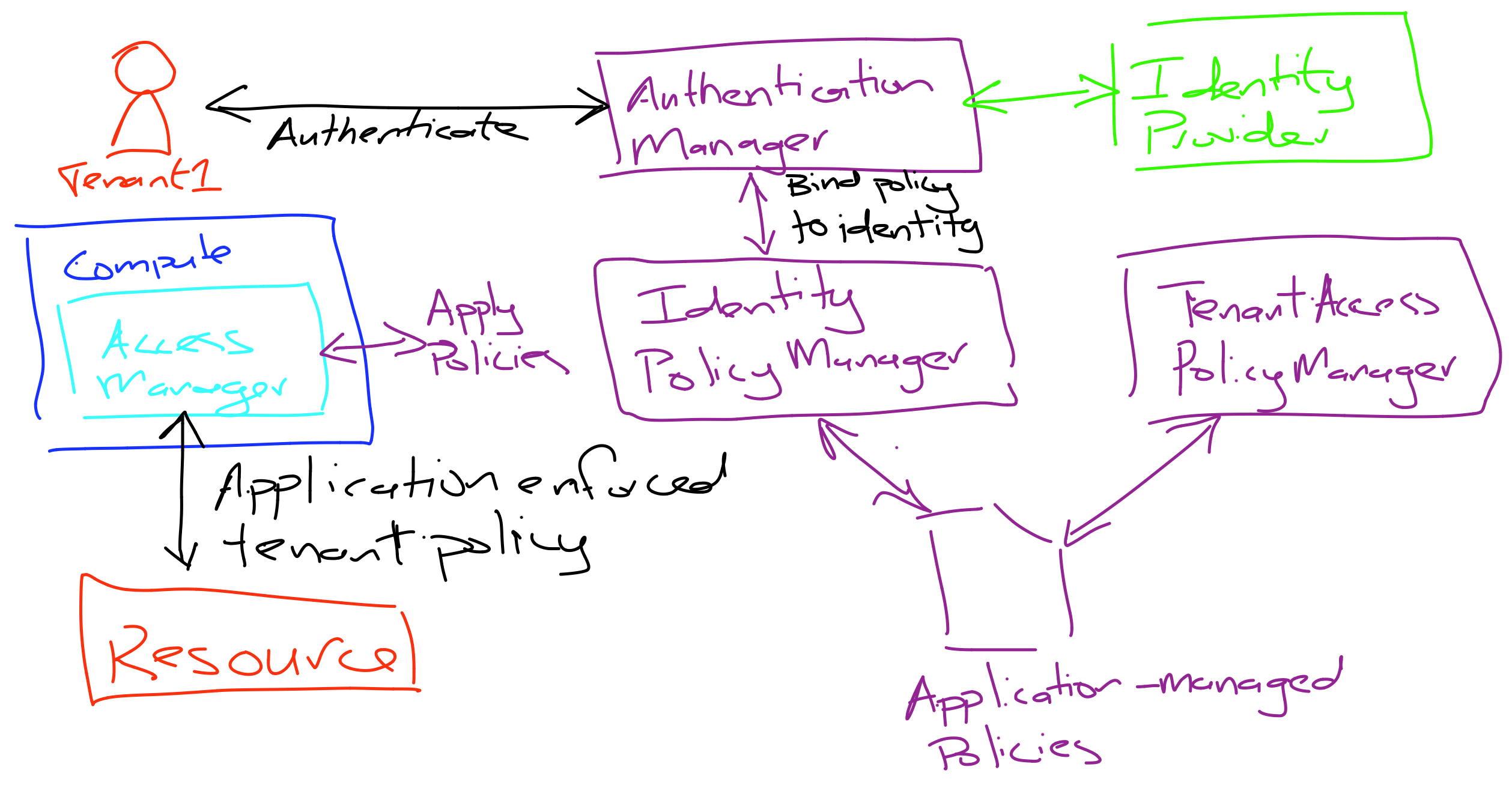
SaaS Operations
Key Operational Areas
- Tier-based deployment
- Targeted deployment
- Tenant-aware management and monitoring
- Onboarding automation
- Cycle time
- Metrics and analytics
Tiered Deployments
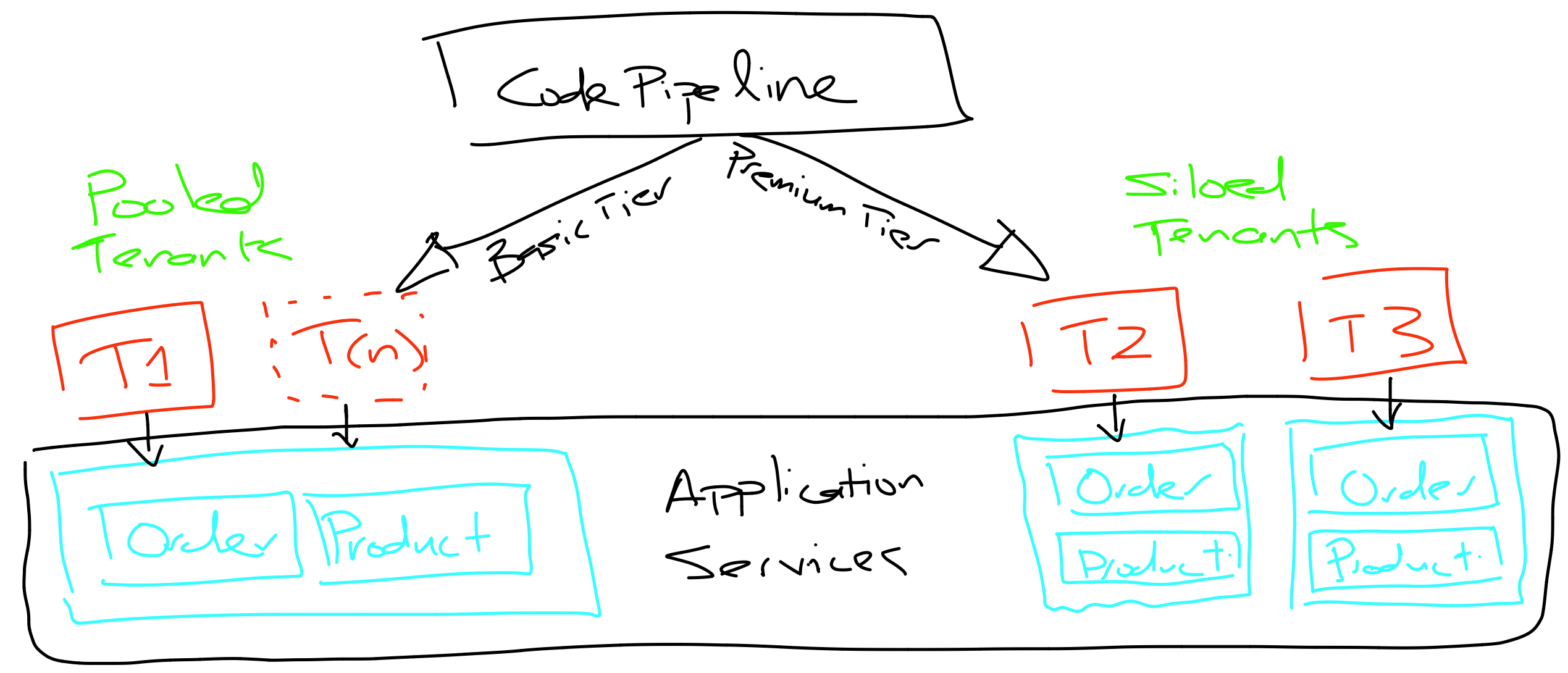
Metrics and Analytics
- Start with high value metrics
- Enable top-down visibility
Billing & Metrics
- Identify your billable unit and abstract it from the customer
- Manage customer lifecycle with billing provider
- Aggregate billing data
- Database > batch to billing API
- Assume billing provider downtime
Billing Models
- Subscription
- Usage
- Features
- Users
- Mix and match
Async Fault-Tolerant Customer Creation
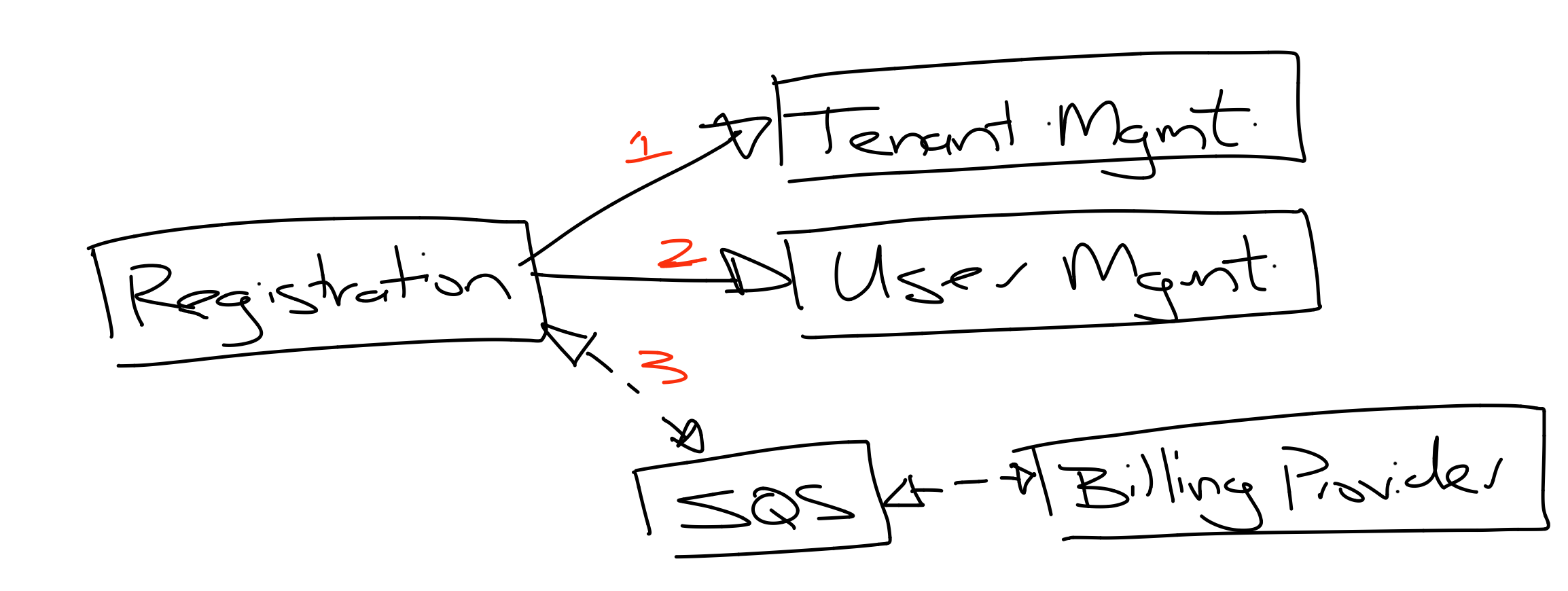
Separate Billing and Metering
